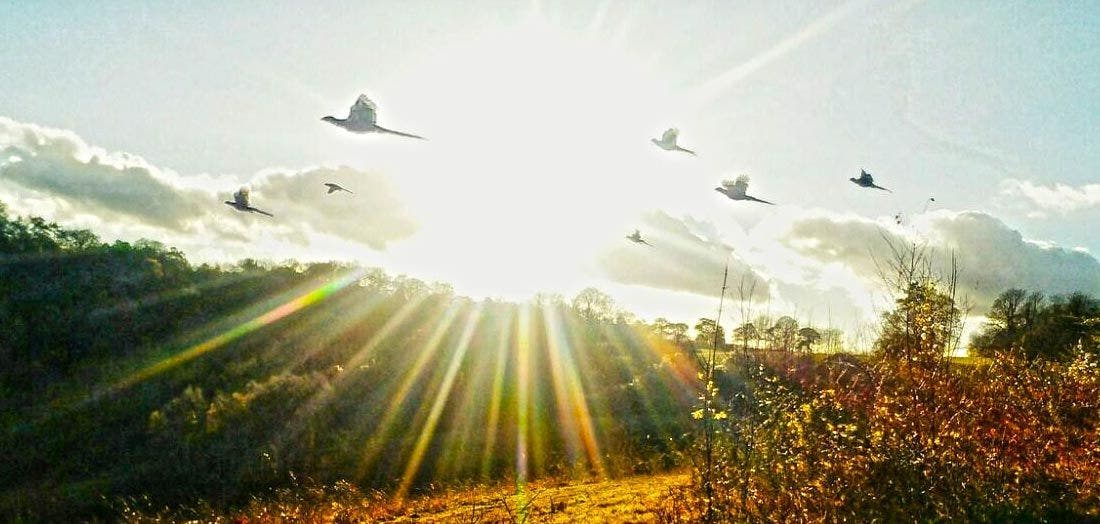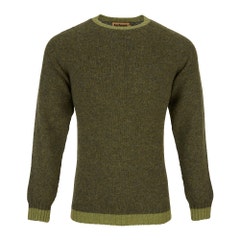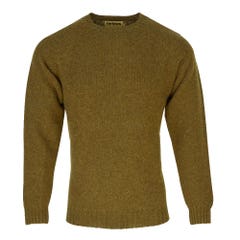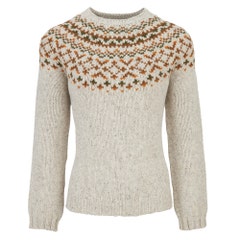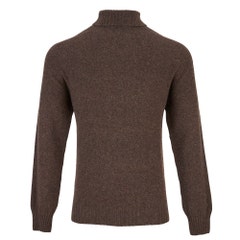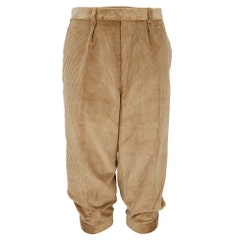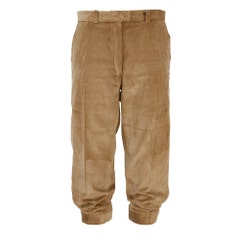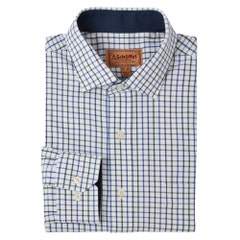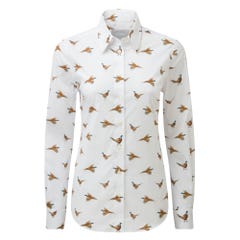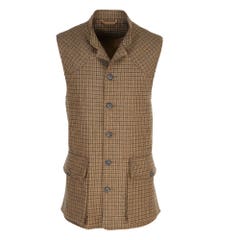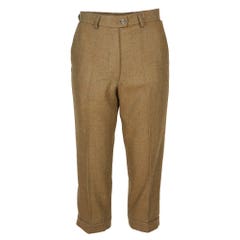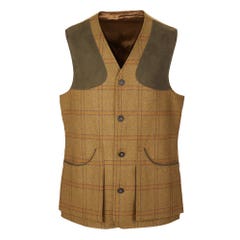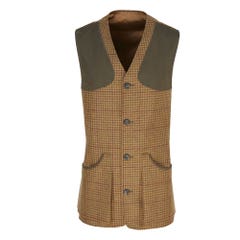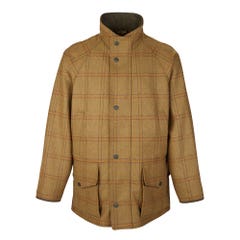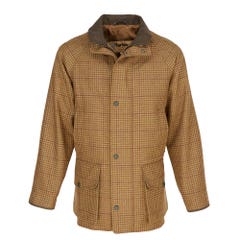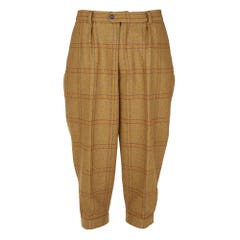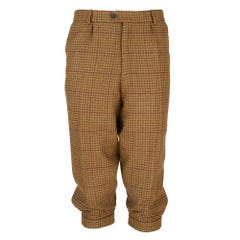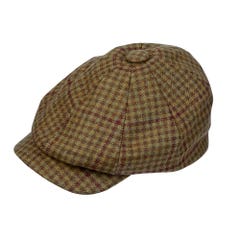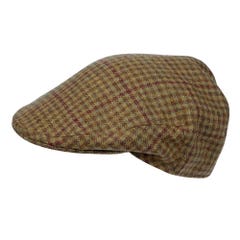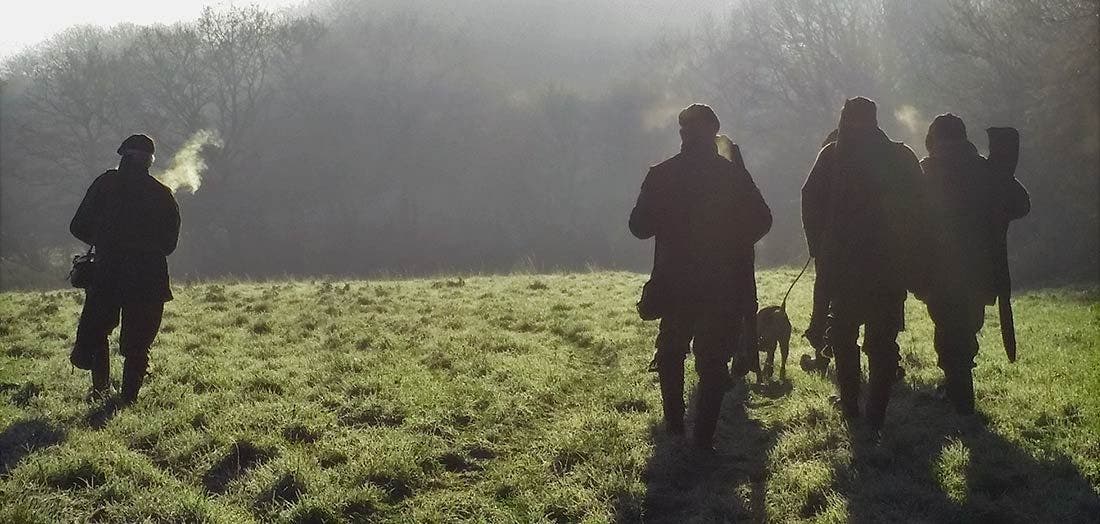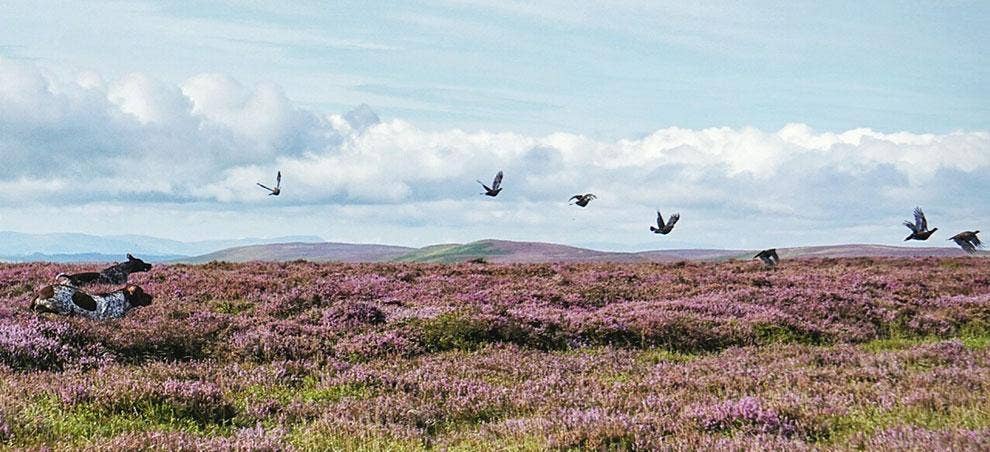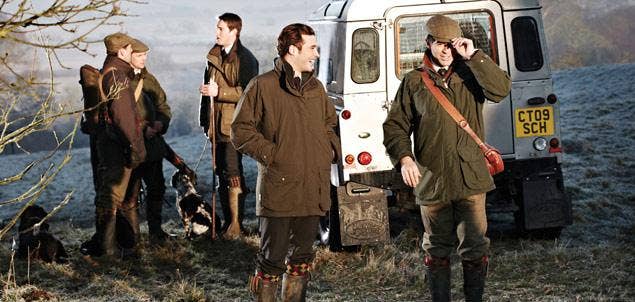Etiquette and Safety
Shooting is steeped in etiquette, much of it related to safety in one way or another. Remember when shooting that you want to be asked back again. Modesty and humility in the field, particularly if you are a newcomer, will serve you well. If you have not shot on a driven day before then it is essential that someone, an experienced shot or an instructor, should stand with you on the day. This is the best way to learn and will ensure that you don’t commit any etiquette or safety faux pas and maximise your chances of a repeat invite. If you are familiar with the practices and etiquette involved you will undoubtedly enjoy your day more.
If in doubt with safety, always err on the side of caution – remember: "You may kill or you may miss, but at all times think this: All the pheasants ever bred won’t repay for one man dead.”
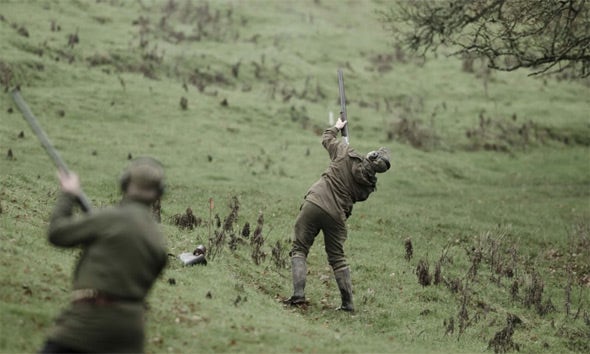
Below is a basic outline of a typical day’s driven shooting.
- Arrival – be on time, shoot days rely on timing.
- Briefing – all shoot days will start with a briefing outlining how the day will run – how many drives, how guns are numbered etc. There will also be a safety talk.
- The draw – guns draw for their peg numbers. These will normally change each drive i.e. moving up two or four.
- Depart – by foot or vehicle to the first Drive.
- Drive 1 – after which move by foot or vehicle to Drive 2
- Drive 2 – followed often by a mid-morning refreshment break
- Drive 3
- Lunch – on more formal days this will be catered or you may be required to bring your own sandwiches, it's always worth asking in advance!
- Drive 4, Drive 5 and possibly 6 after lunch
- Day’s end.
Preparation
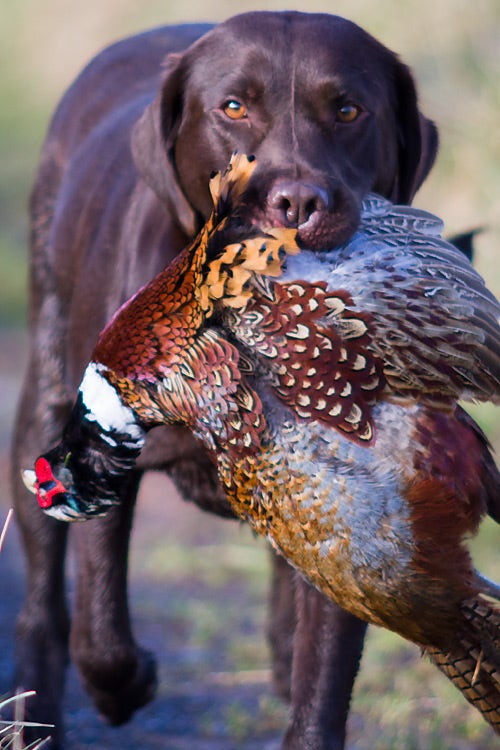 Much of shooting relies on preparation. Forgotten waterproofs or even a gun left at home in the cabinet can ruin a day in the field. It is therefore important to be prepared well in advance, construct a check list that you can refer to each time you leave to go shooting. If in doubt start at the bottom of your body and think your way through to your head. Assuming you are already wearing socks and garters, breeks and a shirt / tie, you will then need:
Much of shooting relies on preparation. Forgotten waterproofs or even a gun left at home in the cabinet can ruin a day in the field. It is therefore important to be prepared well in advance, construct a check list that you can refer to each time you leave to go shooting. If in doubt start at the bottom of your body and think your way through to your head. Assuming you are already wearing socks and garters, breeks and a shirt / tie, you will then need:
Footwear - Shoes for meeting in the host’s house before the day and to save the pub carpet at lunch. Shooting boots or walking boots depending on how wet the ground is. These should be clean before the day.
Leg Wear - Waterproof shooting trousers are essential and should be taken even if the forecast is fine. Also, thermal leggings can be worn as a base layer under plus twos and socks when it's cold.
Upper Body Wear - There are several options of what to wear on your upper body largely depending on the weather conditions and personal preferences. A v-neck jumper, gilet fleece or a shooting vest over a shirt and tie should be sufficient on a warm, dry day at the beginning of the season or as a base layer under a jacket later in the season. A thermal vest can also be worn under your shirt when it's very cold. The shooting jacket is possibly the most important piece of equipment that you will own. A good one will last you for years and you will undoubtedly become attached to it. It really is an item worth spending some money on and is something that we at Farlows can expertly advise you on.
Accessories - There are many different shooting accessories but the basics you will need for a day’s shooting in addition to those already listed are: ear defenders, gloves, cartridge bag or belt, cartridges, gun and gun slip.
Tipping
At the end of the day the keeper will offer a brace of birds to each gun and this is the chance for the gun to express his thanks both verbally and with a tip. The tip is usually related to both the quality and the quantity of the sport, as a general rule of thumb £20 is the basic amount (for around 100 birds) and then £10 for every 100 birds shot on top of this. If asked, the Shoot Captain will be pleased to give guidance on the amount. The tip is usually folded in the palm and delivered during the hand shake.
Licenses & Insurance
There are a few licenses and permits which you must have to enable you to shoot with us in England and Wales.
Gun Permits: Anyone wishing to visit our estates to shoot, must either have a British Shotgun Permit (if a UK resident) or a Visitor Shotgun Permit (if from oversees) and be accompanied by an estate loader if you have had less than five days shooting experience.
Insurance: It is essential that you have Personal Liability Insurance to a minimum of £10 million cover. Farlows recommend that this is obtained through the Countryside Alliance. Insurance is an integral part of their membership and annual subscription costs just £45. Please follow the link for further information: www.countryside-alliance.org.uk
Shooting and Conservation
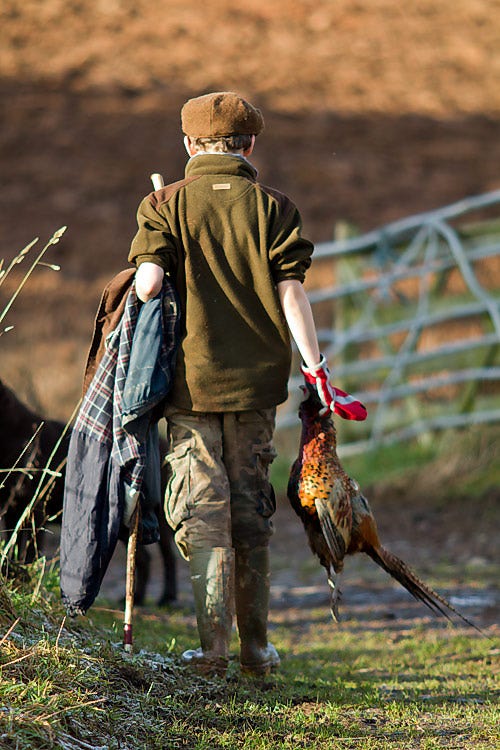 To my mind the single most important contribution that shooting makes to Britain is in the form of conservation. This is something I think every sportsman should have a knowledge of in order to promote, defend and be proud of the sport they participate in. It was David Bellamy who remarked that flying over the British Isles you could easily spot the areas where field sports flourished – it was where there was still a patchwork of woods, hedges and small fields. The landscape which we cherish is manmade and it can only be maintained through man’s efforts.
To my mind the single most important contribution that shooting makes to Britain is in the form of conservation. This is something I think every sportsman should have a knowledge of in order to promote, defend and be proud of the sport they participate in. It was David Bellamy who remarked that flying over the British Isles you could easily spot the areas where field sports flourished – it was where there was still a patchwork of woods, hedges and small fields. The landscape which we cherish is manmade and it can only be maintained through man’s efforts.
Game management and conservation shape and enhance our landscape. Wildlife thrives where land is managed for shooting. Over a million people are involved in shooting; many more enjoy the end product as consumers of pheasants, partridges and other game. Moreover, shooting makes a substantial contribution to the rural economy often at times and in places where other income is scarce.
This is something from which we can all benefit. Whether you go to the country for recreation or simply view it from the window of a car or train, the landscape which you enjoy owes much to the care of the shooting community.
In the UK today:
- 480,000 people shoot live quarry
- Shooting supports the equivalent of 70,000 full time jobs
- Shooters spend £2 billion each year on goods and services
- Shooting is worth £1.6 billion to the UK economy
- Shooting is involved in the management of two-thirds of the rural land area
- Two million hectares are actively managed for conservation as a result of shooting
- Shoot providers spend £250 million a year on conservation
- Shooters spend 2.7 million work days on conservation, the equivalent of 12,000 full-time jobs.
- We must never be complacent about the future of shooting. Shooting and shoot management practices will be judged by the way participants and providers behave. Our sport is under constant and detailed scrutiny and we must demonstrate that we conduct it to high standards.
In our latest shooting article, we'll aim to highlight the basics of pheasant shooting along with many important facts which will help refresh the infrequent shot's memory or provide a starting place for the beginner.
Read this simple guide and learn everything from safety and etiquette to the correct preparation and clothing for your day in the field. This will ensure you are fully prepared and make the most of your special day!
Shooting Etiquette & Safety
Shooting is steeped in etiquette, much of it related to safety in one way or another. Remember when shooting that you want to be asked back again. Modesty and humility in the field, particularly if you are a newcomer, will serve you well. If you have not shot on a driven day before then it is essential that someone, an experienced shot or an instructor, should stand with you on the day. This is the best way to learn and will ensure that you don’t commit any etiquette or safety faux pas and maximise your chances of a repeat invite. If you are familiar with the practices and etiquette involved you will undoubtedly enjoy your day more - you can also read our full article on shooting etiquette.
If in doubt with safety, always err on the side of caution – remember:
"You may kill or you may miss, but at all times think this: All the pheasants ever bred won’t repay for one man dead.”
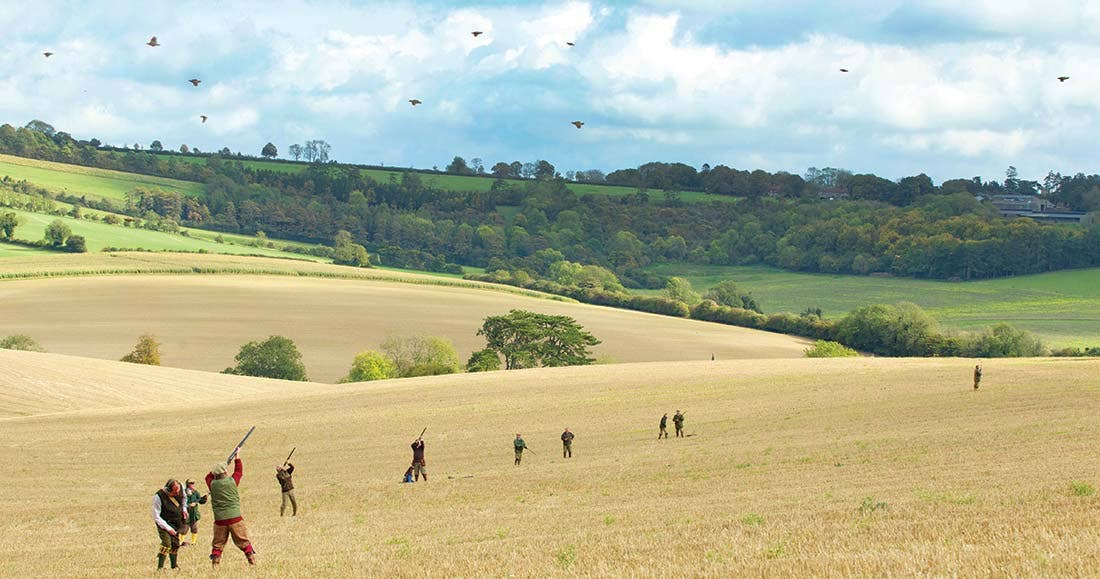

The Day
Below is a basic outline of a typical day’s driven shooting.Arrival – be on time, shoot days rely on timing.
- Briefing – all shoot days will start with a briefing outlining how the day will run – how many drives, how guns are numbered etc. There will also be a safety talk.
- The draw – guns draw for their peg numbers. These will normally change each drive i.e. moving up two or four.
- Depart – by foot or vehicle to the first Drive.
- Drive 1 – after which move by foot or vehicle to Drive 2
- Drive 2 – followed often by a mid-morning refreshment break
- Drive 3
- Lunch – on more formal days this will be catered or you may be required to bring your own sandwiches, it's always worth asking in advance!
- Drive 4, Drive 5 and possibly 6 after lunch
- Day’s end.
(Some shoots operate differently and may have a different amount of drives or will break in different places. Some shoot ‘straight through’ which means they do not break for lunch but rather have a late lunch at about 4 – 5pm after all of the drives).
Preparation
Much of shooting relies on preparation. Forgotten waterproofs or even a gun left at home in the cabinet can ruin a day in the field. It is therefore important to be prepared well in advance, construct a check list that you can refer to each time you leave to go shooting. If in doubt start at the bottom of your body and think your way through to your head. Assuming you are already wearing socks and garters, breeks and a shirt / tie, you will then need:
Footwear - Shoes for meeting in the host’s house before the day and to save the pub carpet at lunch. Shooting boots or walking boots depending on how wet the ground is. These should be clean before the day.
Leg Wear - Waterproof shooting trousers are essential and should be taken even if the forecast is fine. Also, thermal leggings can be worn as a base layer under plus twos and socks when it's cold.
Upper Body Wear - There are several options of what to wear on your upper body largely depending on the weather conditions and personal preferences. A v-neck jumper, gilet fleece or a shooting vest over a shirt and tie should be sufficient on a warm, dry day at the beginning of the season or as a base layer under a jacket later in the season. A thermal vest can also be worn under your shirt when it's very cold. The shooting jacket is possibly the most important piece of equipment that you will own. A good one will last you for years and you will undoubtedly become attached to it. It really is an item worth spending some money on and is something that we at Farlows can expertly advise you on.
Accessories - There are many different shooting accessories but the basics you will need for a day’s shooting in addition to those already listed are: ear defenders, gloves, cartridge bag or belt, cartridges, gun and gun slip.

Tipping
At the end of the day the keeper will offer a brace of birds to each gun and this is the chance for the gun to express his thanks both verbally and with a tip. The tip is usually related to both the quality and the quantity of the sport, as a general rule of thumb £30 is the basic amount (for around 100 birds) and then £10 for every 100 birds shot on top of this. If asked, the Shoot Captain will be pleased to give guidance on the amount. The tip is usually folded in the palm and delivered during the hand shake.
Licenses & Insurance
There are a few licenses and permits which you must have to enable you to shoot with us in England and Wales.
Gun Permits
Anyone wishing to visit our estates to shoot, must either have a British Shotgun Permit (if a UK resident) or a Visitor Shotgun Permit (if from oversees) and be accompanied by an estate loader if you have had less than five days shooting experience.
Insurance
It is essential that you have Personal Liability Insurance to a minimum of £10 million cover. Farlows recommend that this is obtained through the Countryside Alliance. Insurance is an integral part of their membership and annual subscription costs just £84. Please follow the link for further information: www.countryside-alliance.org.uk
Shooting and Conservation
To my mind the single most important contribution that shooting makes to Britain is in the form of conservation. This is something I think every sportsman should have a knowledge of in order to promote, defend and be proud of the sport they participate in. It was David Bellamy who remarked that flying over the British Isles you could easily spot the areas where field sports flourished – it was where there was still a patchwork of woods, hedges and small fields. The landscape which we cherish is manmade and it can only be maintained through man’s efforts.
Game management and conservation shape and enhance our landscape. Wildlife thrives where land is managed for shooting. Over a million people are involved in shooting; many more enjoy the end product as consumers of pheasants, partridges and other game. Moreover, shooting makes a substantial contribution to the rural economy often at times and in places where other income is scarce.
This is something from which we can all benefit. Whether you go to the country for recreation or simply view it from the window of a car or train, the landscape which you enjoy owes much to the care of the shooting community.
In the UK today (source www.shootingfacts.co.uk - due to be updated in 2023):
- Shooters spend £2.5 billion each year on goods and services
- Shooting is worth £2 billion to the UK economy (GVA)
- Shooting supports the equivalent of 74,000 full-time jobs
- Shooting is involved in the management of two-thirds of the rural land area
- Nearly two million hectares are actively managed for conservation as a result of shooting
- Shoot providers spend nearly £250 million a year on conservation
- At least 600,000 people in the UK shoot live quarry, clay pigeons or targets
- Existing industry information shows that there are at least 1.6m individuals who shoot live quarry with an airgun
- Shooters spend 3.9 million work days on conservation – the equivalent of 16,000 full-time jobs
- We must never be complacent about the future of shooting. Shooting and shoot management practices will be judged by the way participants and providers behave. Our sport is under constant and detailed scrutiny and we must demonstrate that we conduct it to high standards.



